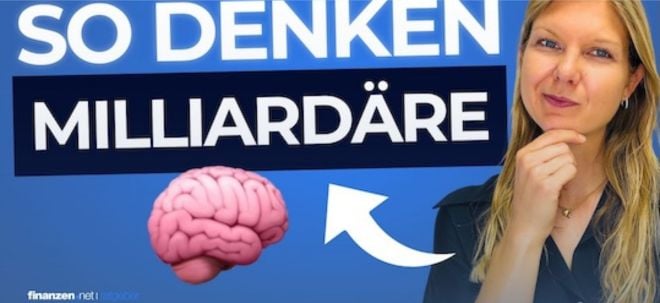Technische Besprechung hier https://blogs.sciencemag.org/pipeline/archives/...lonal-antibody-data
"But now the less good news. The trial looked at 3 doses: 700mg, 2800mg, and 7000mg, and there was no dose-response: only the middle dose worked. Thats worrisome; Im having a hard time figuring why the higher dose would not have shown effects (and Ill bet that Lilly is, too). This was not a tiny trial, but it wasnt huge either (about 300 in the treatment group and 150 in the control), and theres a nagging worry that the effect size just wasnt large enough to see a solid answer in a group this size. I would have to think that Lilly expected better, and thats why the trial was designed with this number of patients. And when I say solid answer, that cuts both ways if thats the statistical problem here, then a larger trial might show the 7000mg dose having some benefit, but it might also show that the 2800mg dose didnt."
Man beachte die Dosierung: 2.800 Milligramm! Dazu aus den Kommentaren:
Mammalian scale-up person says: 17 September, 2020 at 7:58 am "Ive had rabies prophylaxis, which was about 2 g, and due to the infusion reaction you mention, they administered it IM. Since the maximum concentration of IgG before it turns into a thick syrup too difficult to inject is about 150 g/L, this was still a fairly large volume for an IM injection. My god, if I ever have to have an injection like that again, they better be sure that I am dying. If I had to have three or four of those damned things? Formulate it with lidocaine and give me Versed, please." Mammalian scale-up person says: 16 September, 2020 at 12:30 pm "Opex + cost of goods runs about $700-1000/gram at this scale. A lot of that depends on resin capacity in the purification steps, chromatography resin is our most expensive consumable by far. Capex is a different matter and highly variable based on site selection and what resources a company already has. Can be anywhere from $300mio to $800mio (..)." Kurzfassung: Bei solch hoher Dosierung sind massive Schmerzen an der Einstichstelle zu erwarten. Die Herstellungskosten pro shot liegen bei mindestens 2.000 USD, Kapitalkosten nicht eingerechnet. VK-Preis? Wohl kaum unter 5.000 USD/shot, eher deutlich darüber. Wirksam, nach vorläufigen Daten, bei Patienten mit milden bis moderaten Symptomen, also v.a. in der Anfangsphase (wie bei Trump).
Nach vorliegenden Studien werden ca. 20% aller SARS-CoV2-Infektionen symptomatisch. Nähmen wir an, das Medikament wäre bereits letzten Februar zugelassen gewesen, und die USA hätten es bei allen symptomatischen Fällen angewendet, ergäbe dies bis heute ca. 1,5 Mio. shots, zu Gesamtkosten von 7,5-15 Mrd. USD. Rein therapeutisch, ohne jede prophylaktische Wirkung, ohne Eindämmung der Infektionsdynamik. Sprengt perspektivisch vermutlich die Kostentragfähigkeit selbst entwickelter Gesundheitssysteme wie der USA oder Deutschlands, für Entwicklungs- und Schwellenländer sicher unfinanzierbar. Nie und nimmer eine Alternative zu Impfstoffen. Ein großer Schritt für Eli Lilly, ein kleiner Schritt für die Menschheit.. |


 Thread abonnieren
Thread abonnieren

